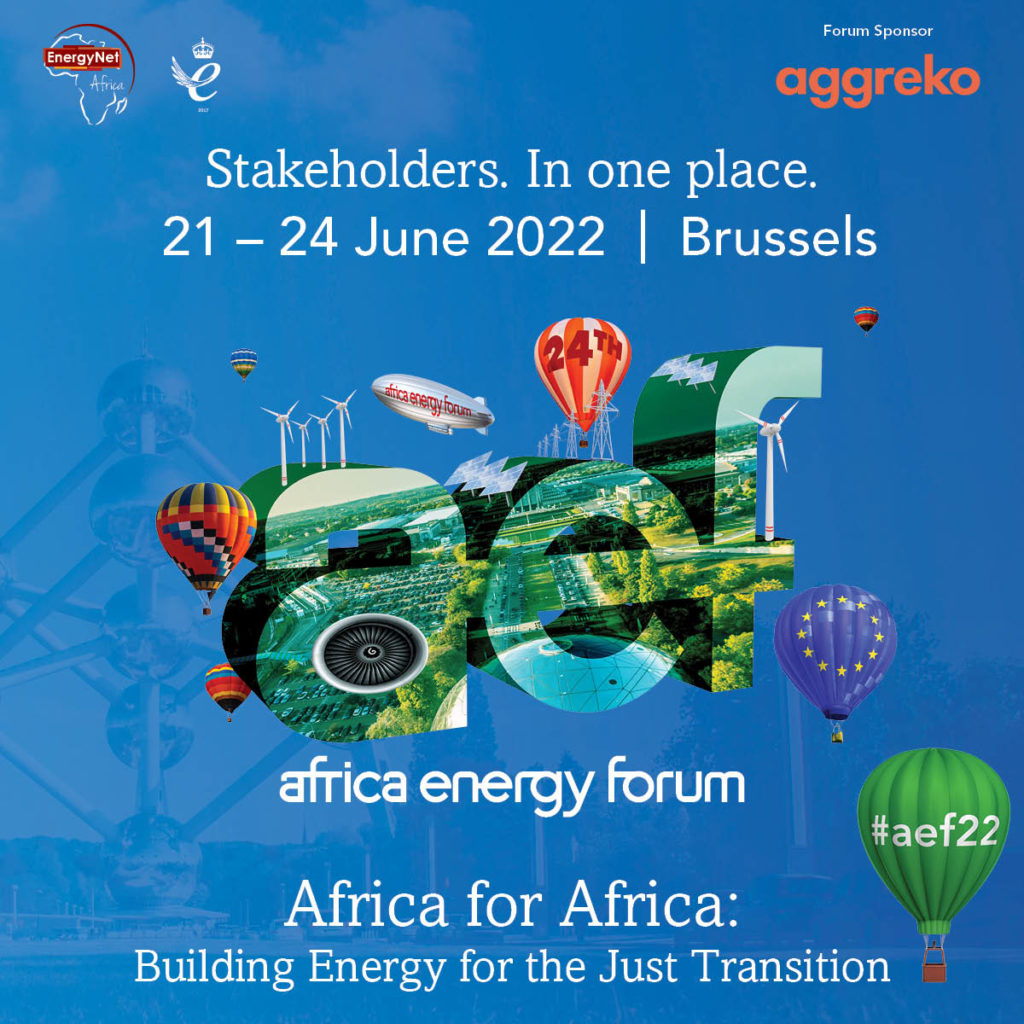
Hydrogen has been garnering a lot of attention in recent times. At COP26, the UK government unveiled a hydrogen-powered train to ferry passengers to and from the summit in Glasgow.
Indeed, there is a lot of hype at the moment, and Africa appears to be at the centre of many hydro-based conversations.
An interactive boardroom session at Africa Energy Forum 2021 assessed and deliberated the region’s readiness to underpin a hydrogen economy. It is important to note that much of the discussion centred on green hydrogen (which is produced using renewable electricity), as opposed to grey and blue hydrogen which leverages fossil fuel-based power.
Participants, from government representatives and financiers to technology manufacturers and energy solutions providers, presented several key points underlining why Africa houses the potential to move ‘beyond the hype’ as the forum title suggests. They included:
- Africa’s renewable energy sector as a foundation to produce green hydrogen, and extensive amount of land to expend and build green hydrogen facilities.
- Strong interest from European markets who themselves lack the space and renewable energy capacity.
- Current efforts at a governmental level are already happening, the most significant being Namibia’s unveiling of a large-scale green hydrogen development in the Tsau/Khaeb national park.
Thus, a consensus emerged that Africa represents a good place to start seriously exploring green hydrogen, with a poll of participants clearly signalling a belief that the continent will become an exporter in the medium to long term.
However, as the discussion also pointed out, there are plenty of obstacles to overcome.
The cost of green hydrogen is inherently tied to the price of renewable energy, making it imperative that bankable projects in wind, solar and other forms of renewable power take off. Only when green hydrogen can compete on cost terms with grey and blue hydrogen can it become a viable prospect to produce at scale.
Storage, transmission and transport were also raised as potential inhibitors, as well as current limitations around electrolyser technologies which cannot fulfil the production capacity/speed required to produce hydrogen at scale.
Many eyes will be on Namibia in the coming years.
The boardroom session heard in detail its plans to develop a project worth an estimated US$9.4 billion, which will ultimately produce 300,000 tonnes of green hydrogen per year for regional and global markets, either as pure green hydrogen or in derivative form (green ammonia).
HYPHEN secured the right to construct and operate the project for a 40-year contract period following the conclusion of the feasibility study and sign-off from the Namibian government. It is expected to generated 32,000 jobs across the value chain. In terms of distribution, important MOUs have been signed with Germany, Belgium and the Port of Rotterdam, with panellists also pointing to the merits of domestic and regional use to balance power grids.
Hearing these details left the room optimistic about the direction of travel. If the bankability concerns, particularly around renewable energy costs, can be overcome, it was generally agreed that few reasons exist to doubt Africa as the place to prove the concept of green hydrogen and its role in the great energy transition.
This year, the conversation will continue at the Africa Energy Forum, held 21 – 24 June 2022 in Brussels under the theme ‘Africa for Africa: Building Energy for the Just Transition’.
